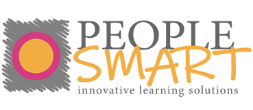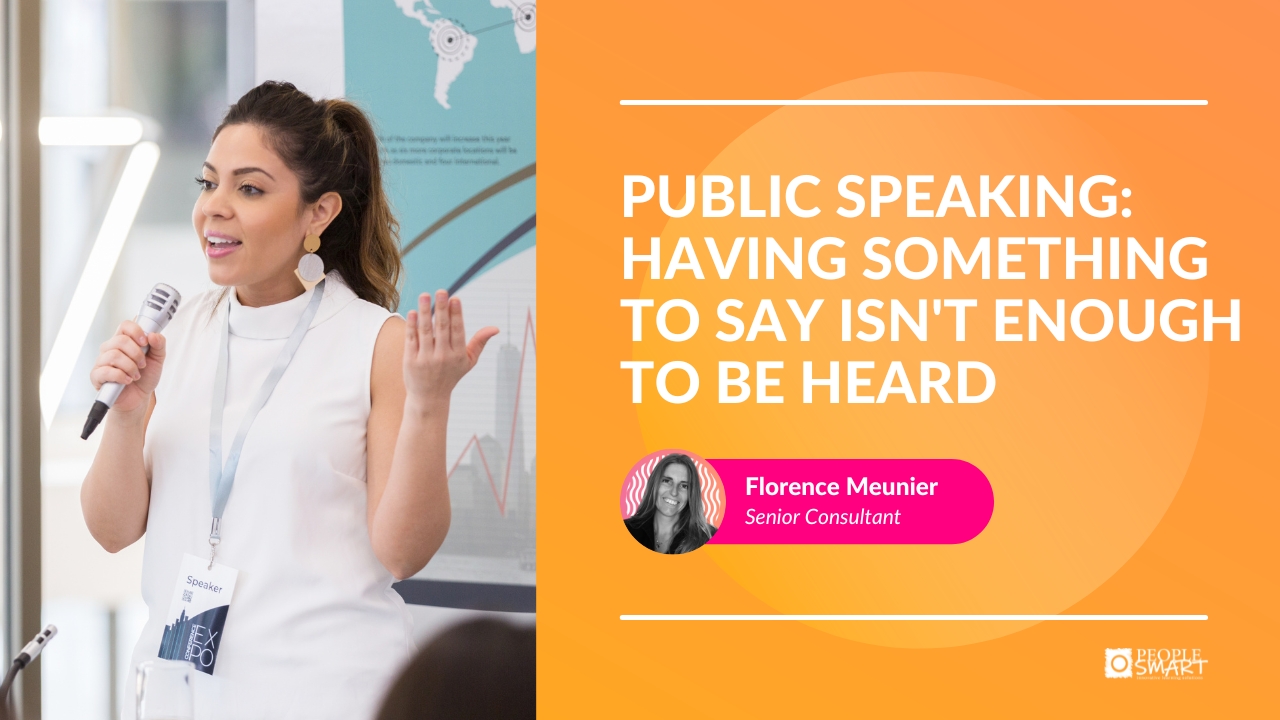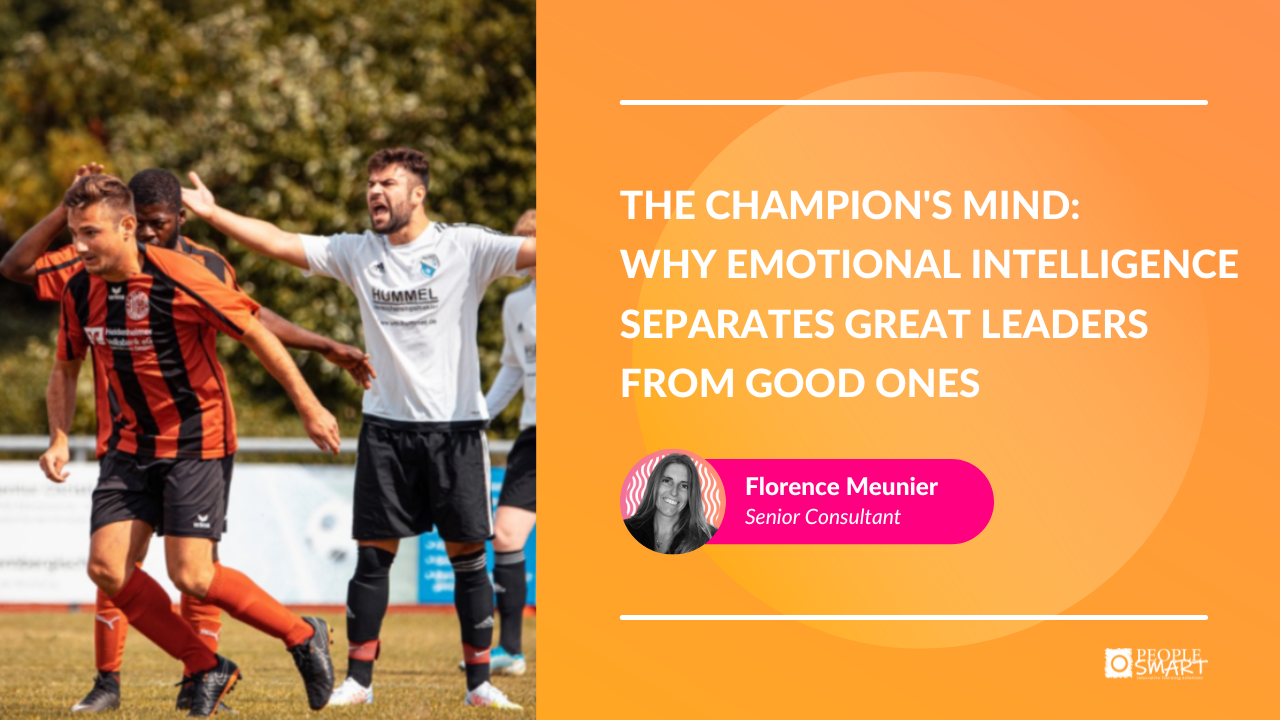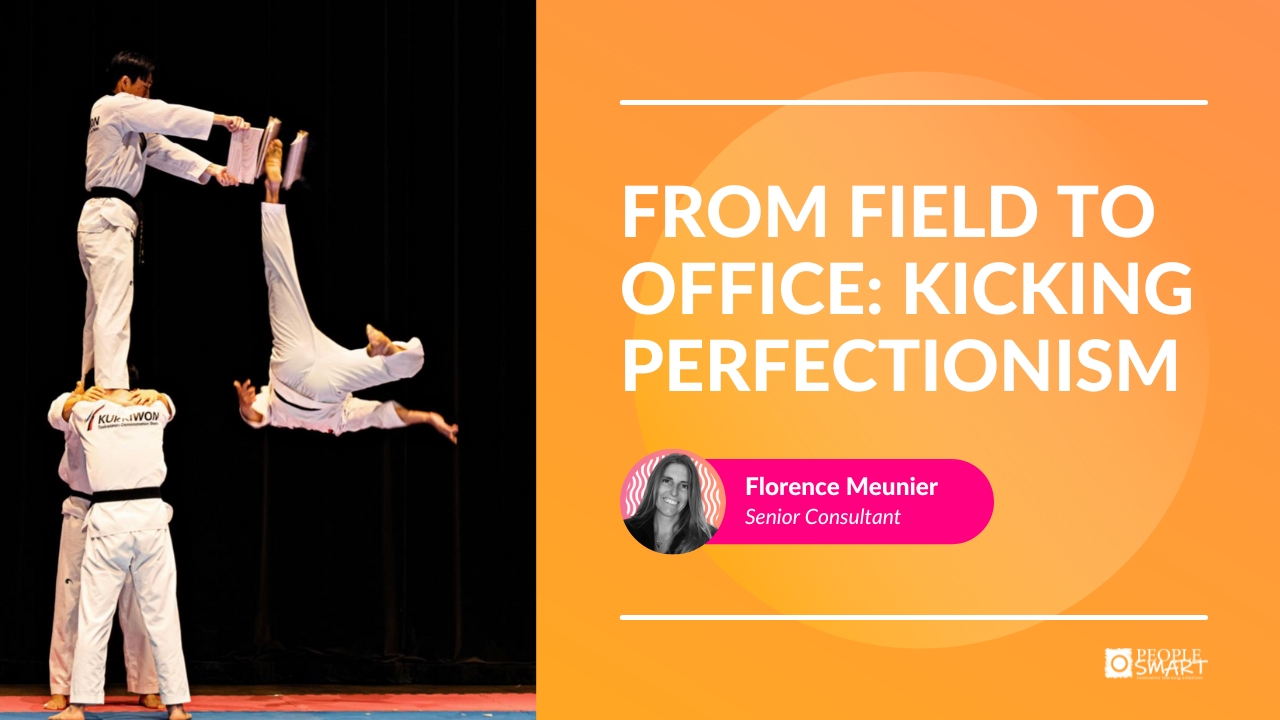Since the onset of the COVID crisis, there has been a very lively and rich discussion around what this all means for leadership under the extreme conditions we have been going through. What follows is a very personal contribution, based on my initial training as a social historian and 37 years of experience in the Learning and Development space.
Even with the tremendous advances in Artificial Intelligence and Machine Learning, human beings (and by extension, leaders) will continue to play a critical role in the success of organizations. But this raises a new series of questions: who we recruit, who we promote, who we decide to invest in for L+D spend, how we recognize and reward. There are a few leadership models out there with 6 dimensions and perhaps the TALENT “proto-model” proposed below could make a small contribution to how we can collectively consider updating our pre-existing models on leadership for the COVID Era.
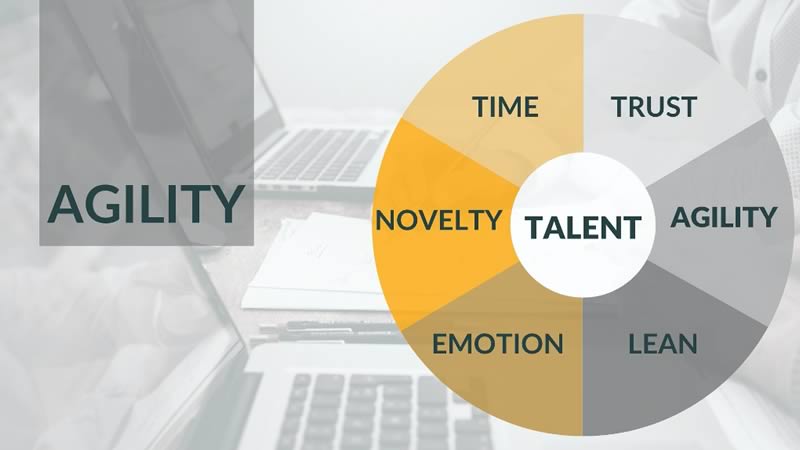
Agility
The COVID Era has certainly made Agility more critical than ever. VUCA has been around since the US Military developed it in the 1980s, but it is my feeling that the acronym has been abused and misused in many corporate and governmental environments. Most of the time we have been paying lip service to agility, imagining scenarios with say a potential of 15-20% deviations (what we could call “VUCA light”). In fact, we should probably have heeded the advice of those arguing for a more robust model – VUCAE – with an E for exponential. Over the years I have had the privilege of connecting with Singularity University in the Silicon Valley. If collectively we had onboarded their reflections on the incredible exponential element of change, we could have potentially managed the current crisis more effectively. It is my feeling that this “E-dimension” will be critical over the coming years.
During my stint as an L+D leader in a major global multi-national, I had the opportunity to experiment on the subject of agility with a very senior group of VPs. We used the KornFerryHay Agility Questionnaire and were rather taken back by the results. While the individual reports remained confidential, we were provided with a collective picture that demonstrated just how relatively low the overall agility of this very senior sample size was. Based on this experience, I have reflected on the following: are we hiring, promoting and developing the right profiles in terms of agility? Can we in fact develop agility? More on this below in the NOVELTY dimension.
I would suggest that there is a fundamental link between an organization’s capacity to be agile and cognitive biases. Daniel Kahneman has been a pioneer in exploring this for many decades, winning the Nobel Prize for Economics in 2002 and publishing a best seller – Thinking Fast and Slow – in 2013. During the height of the pandemic this Spring, Olivier Sibony, Professor of Strategy at HEC Paris, presented a very interesting analysis of how these cognitive biases impacted decisions made during this period. [2] To cite a few examples:
- The bias of our mental model: we focus our analysis of current crises on seemingly similar past events (e.g., SARS 2002-2003). But we are obviously in a very different ballpark.
- Exponential growth is in fact counter-intuitive – it’s way out of our comfort zone. Collectively, we did not see it coming (an example of “VUCA-light”?).
- There was clearly an NIH (“Not Invented Here”) syndrome in our initial reaction to the virus (think of Trump’s infamous Chinese virus proclamations). This is what Sibony refers to as “exo-group and endo-group bias”. It could never happen to us.
- There seems to have been a clear phenomenon of “expert group think” back in the Spring of 2020. Of the 18 top scientific experts cited in Sibony’s study – only one “outlier” was close to predicting what has unfortunately panned out.
In terms of the above, how can we encourage and develop leaders to be more agile – and more aware of their cognitive biases – when we are affronted with the next major crisis. How can make sure that the “outlier” voice is at least listened to? This is most likely going to be a very rich collective learning experience.
A very striking paradox of the COVID Era is that for larger organizations, the corporate planning function has probably become more vital than ever. In our VUCAE era, we need to think more broadly and radically in terms of scenario planning. Perhaps we need to reflect on the profiles in this corporate function – are we sufficiently open to including original thinkers (or to use another term “outliers”). More on this below in the NOVELTY dimension around the idea of Groupthink and “deferring to the creative types”. [3] Finally, what is the relationship between AGILITY and risk assessment? How can we equip leaders to be more “risk-savvy” than ever?
Food for thought:
What have I been doing to become more agile in these challenging times?
How can I help my team become more agile?
And perhaps a more basic question, can we develop agility?
